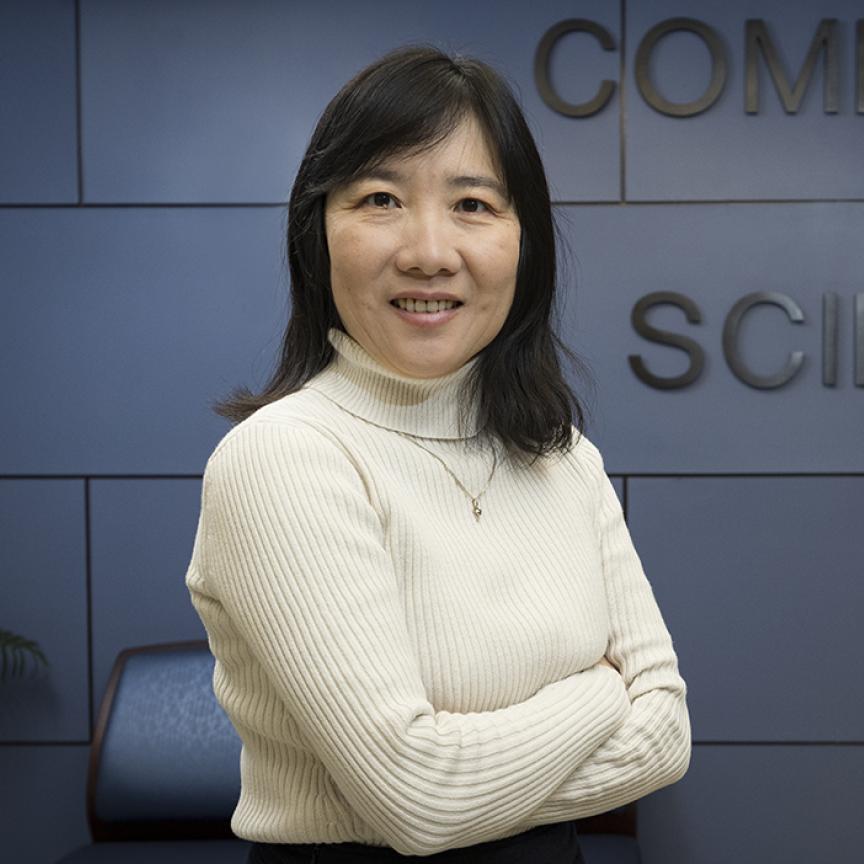Ardigen, an artificial intelligence (AI) specialist aiming to advance precision medicine, has announced its support for the Joint Undertaking in Morphological Profiling-Cell Painting (JUMP-CP) Consortium.
The consortium of 10 pharmaceutical companies and two non-profit research organisations including the Broad Institute of MIT and Harvard, is focused on creating data, validation, and technical know-how to transform drug discovery with Cell Painting technology.
The JUMP-CP Consortium’s aim is to validate and scale up image-based drug discovery strategies by creating the world’s largest public cell imaging data set corresponding to both genetic and chemical perturbations. This valuable public resource brings with it hope of reducing the major bottleneck in drug discovery: determining the mechanism of action for drug candidates. Other significant applications include predicting compounds’ activity and toxicity, as well as matching drugs to disease states.
Ardigen’s primary scope of research within the JUMP-CP Consortium is aimed at improving the predictive power of the JUMP-CP data by expanding the applicability domain of machine learning models that predict assay activity based on Cell Painting images. Another important contribution of Ardigen is to facilitate the JUMP-CP data exploration by providing a web application that allows scientists to easily search for similarities between various phenotypes and the corresponding genetic and chemical perturbations.

